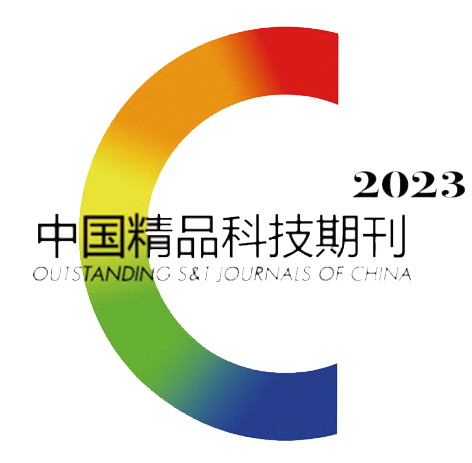Abstract:
Objective: To obtain a comparative analysis of the unqualified situation in the national food safety supervision sampling from 2020 to 2022. Methods: The information of unqualified samples in the national food safety supervision sampling from 2020 to 2022 was summarized and analyzed, including the sampling quantity, proportion of sampling types, food category, unqualified items and their related indicators and products. Results: The total quantity of annual food safety supervision sampling continuously increased from 2020 to 2022. Among which, edible agricultural products and restaurant food reached over half of the overall proportion (52.31%). A total of 34 different types of food were sampled and analyzed. Results showed that the unqualified rates of 3 types of food increased annually. Especially, the unqualified rate of edible agricultural products gradually increased from 2.23% (2020) to 3.63% (2022), while the unqualified rate of restaurant food increased from 5.99% (2020) to 8.07% (2022). Among all the unqualified items, excessive pesticide and veterinary drug residues accounted for the highest proportion, and showed an increasing trend from 35.31% to 41.16% annually. The second highest proportion was attributed to microbial pollution, whose proportion decreased yearly. Conclusion: Over the past three years, the intensity of food safety sampling has been continuously increasing. Overall, the unqualified rate of various types of food remained constant or showed downward trends. However, there was a consistent increase in the unqualified rate of edible agricultural products and restaurant food. Excessive agricultural and veterinary drugs residues were still an urgent problem to be solved. Excessive pesticide residues were mainly found on the surface of cowpeas and leeks, such as cyromazine and procymidone. Additionally, veterinary drugs, particularly enrofloxacin were abused in various products. Microbial pollution was mainly found in grain, pastry and convenience food products, indicating the need for further supervision.




 下载:
下载: